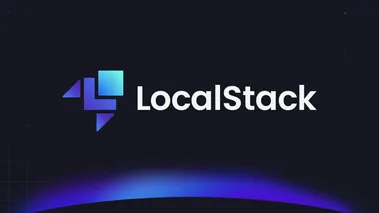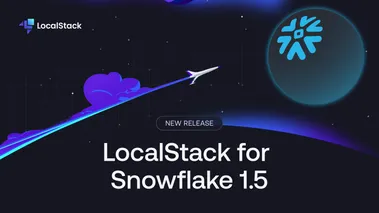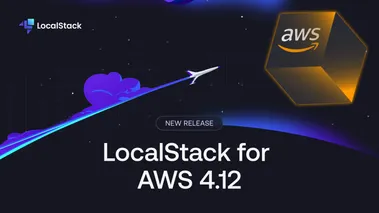What’s New in LocalStack Docs: July 2025
We’re excited to kick off a new tradition at LocalStack: a monthly blog report that celebrates the people, changes, and insights shaping our documentation.
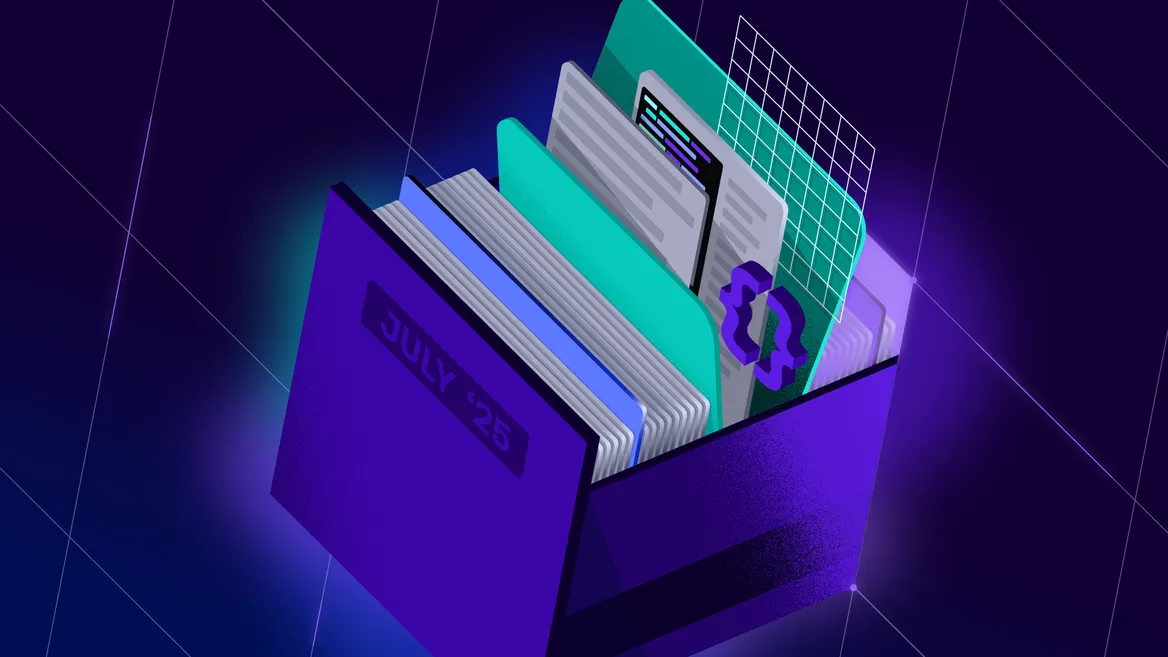
What’s New in LocalStack Docs: July 2025
Welcome to the July edition of “What’s New in LocalStack Docs!” We’re excited to kick off a new tradition at LocalStack: a monthly blog report that celebrates the people, changes, and insights shaping our documentation. We care deeply about docs because they’re how our customers and community members discover what’s possible, learn to solve problems faster, and get the most out of LocalStack.
In this month’s update, we highlight the most recent OSS contribution, a flurry of internal contributions to improve our developer experience, latest release notes for both LocalStack for AWS and Snowflake, and usage insights already guiding our next round of updates.
We’ll also share a look ahead at Phase 2 of LocalStack Docs, where we’re rethinking the Getting Started experience to guide you seamlessly from installation to integration. Getting Started with LocalStack should be a delightful experience that keeps you coming back!
Community & Internal Contributions
OSS Community
Since the end of June, things have gotten a bit quiet. That might be because… 🥁 we migrated our docs to a new repo! If you missed the memo, we’re now live at: github.com/localstack/localstack-docs.
LocalStack Docs are still 100% open source, and we’d love to see your PRs, issue reports, or suggestions.
That said, we did have one fantastic OSS contribution at the tail end of June. Huge thanks to Darasimi Ajewole!
- Darasimi Ajewole: Added a clarification to the Rancher Desktop docs for Windows users running LocalStack via WSL2, noting that Lambda hot reloading paths should use WSL2-compatible /mnt/c/ format instead of Windows-style C:. (PR #1769)
Internal Contributors
We had a flurry of updates from the LocalStack team, including:
- Renamed our new docs repo master branch to
main: aligning with inclusive Git conventions and industry best practices. - Expanded persistence coverage tables: modified the generation script to include up to 12 rows (to fit in viewport) and only show services supported in the emulator, making it faster for developers to find relevant info.
- Improved Algolia search results: added AWS vs Snowflake facets so users can quickly filter by platform.
- Redirect fixes from our v1 → v2 docs migration: ensure smooth navigation.
- New release notes and changelog updates for both AWS and Snowflake: keeping customers informed of feature changes.
- New Snowflake welcome page: mirror the friendly onboarding experience in AWS docs.
- Snowflake JavaScript Stored Procedures documentation: covers the following supported methods from the Snowflake JS Procedures API:
snowflake.execute(),snowflake.createStatement(),statement.execute(),resultSet.next(),resultSet.getColumnValue(). - Snowflake Data Metric Functions (DMF): now supports adding a metric schedule to a table, attaching DMFs to table columns, running DMFs manually, and retrieving results locally.
- Introduced AppSync Events API documentation: expand coverage from only GraphQL.
- AWS services coverage updates and improvements, plus deprecation notices.
- Improved sidebar and content pane padding: better readability and alignment with our design guidelines.
- Additional doc refactors and LocalStack configuration clarifications: better usability.
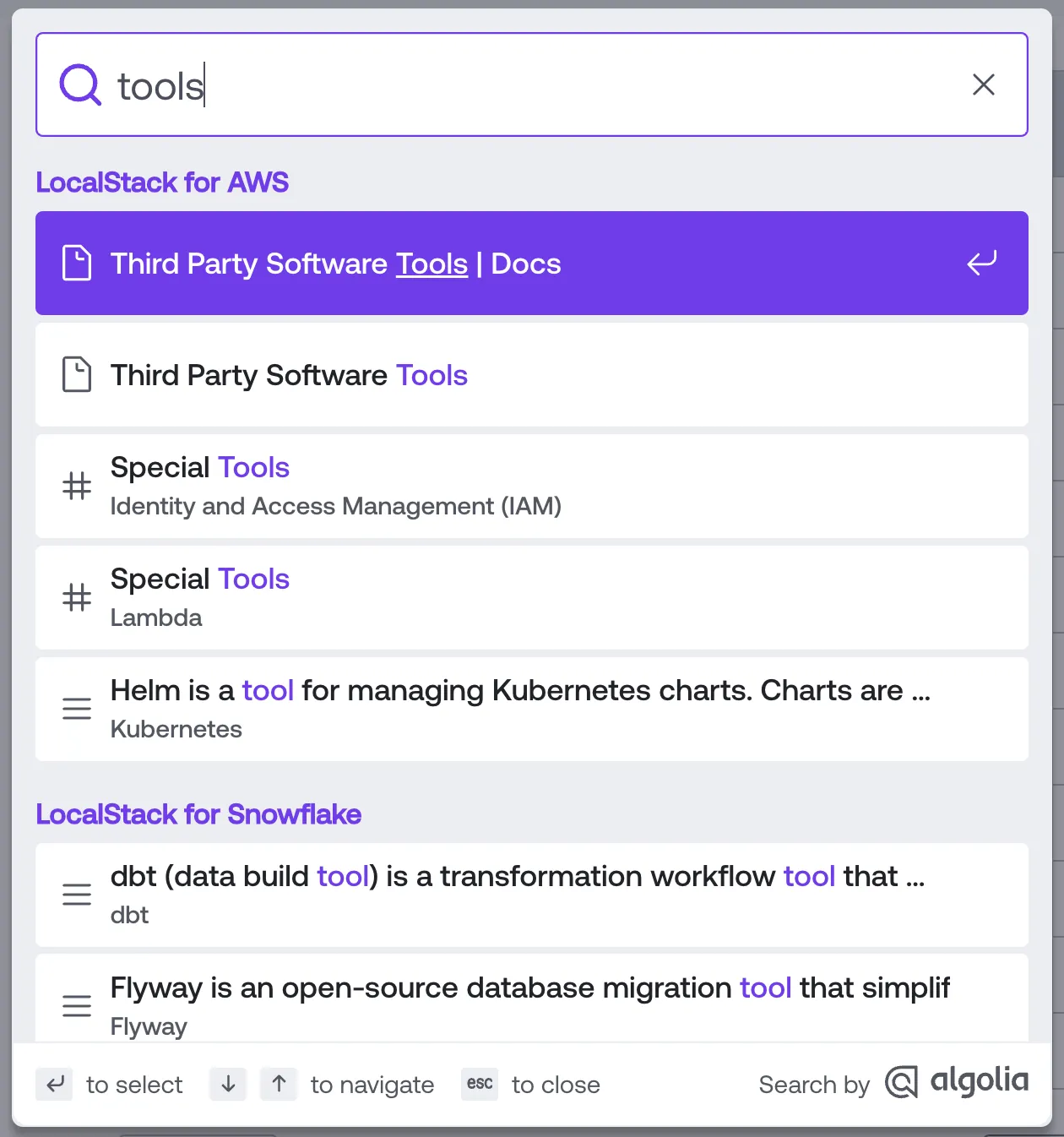
A huge shout out to Harsh Mishra, Brian Rinaldi, Alex Rashed, Simon Walker, Przemek Denkiewicz, Gentris Leci, Viren Nadkarni, Mathieu Cloutier, and Silvio Vasiljevic for caring about our developer experience and sharing ownership in keeping our content accurate and up to date.

Release Notes: LocalStack for AWS & Snowflake
In July, we published detailed release notes for both of our product lines to keep our customers and community up-to-date on new features, fixes, and improvements:
A special thanks to Harsh Mishra, who owns our release notes process and ensures we never miss an important update. His impeccable attention to detail means our customers and community can always rely on us for accurate, timely, and comprehensive product updates.
User Trends & Search Insights
Our documentation doesn’t just share information, it helps us learn what developers need most.
Here’s what July’s usage data told us:
📊 Site Search (Algolia)
- 875 users ran 1,840 searches this month.
- Top queries: sqs, awslocal, lambda, cognito, and docker (all tied to common LocalStack workflows)
🤖 Kapa Bot Questions
Our knowledge base was cited 1,816 times, helping avoid 72 hours of user frustration and saving the support team ~215 hours (about 9 workdays).
- 999 total questions from 274 unique users, with a 19% uncertain response rate (room to improve coverage).
- Most popular categories: Troubleshooting (24%), Unsupported Features (17%).
💡 Common Themes
- CICD best practices and using environment variables for credentials in CICD.
- Save state management, limitations, and cleanup processes.
🛠️ Top Troubleshooting Topics
- License activation errors: users resolved by upgrading to LocalStack Pro ≥ 4.4.0.
- IAM user creation help: users looking for step-by-step commands.
- AWS CDK credentials issues: users impacted when using newer AWS CDK versions with cdklocal.
These insights guide our next documentation updates, ensuring we close knowledge gaps and proactively address recurring developer pain points.
Coming Soon, to a Docs City Near You!
As we announced with the launch of LocalStack Docs v2, we’re now deep into Phase 2: focused on elevating the onboarding experience from “good enough” to “seamless.”
One of our biggest priorities is a complete redesign of the Getting Started section. Today’s structure doesn’t fully match how developers actually get up and running: installing LocalStack, configuring an auth token, then choosing their preferred integration pathway (Terraform, CDK, AWS CLI, etc.). Our goal is to help you go from installation to a working local environment in just minutes.
We’re tackling this holistically. In parallel with revamping the docs flow, we’re partnering with Product and Growth PMM to improve the Getting Started journey inside our web app. That means removing disjointed moments where you have to jump between the docs and the app. Instead, you’ll have a smooth, guided experience no matter where you start.
We’re excited to deliver an onboarding experience that’s fast, intuitive, and delightful! Whether you’re reading our documentation or exploring the LocalStack web app.


